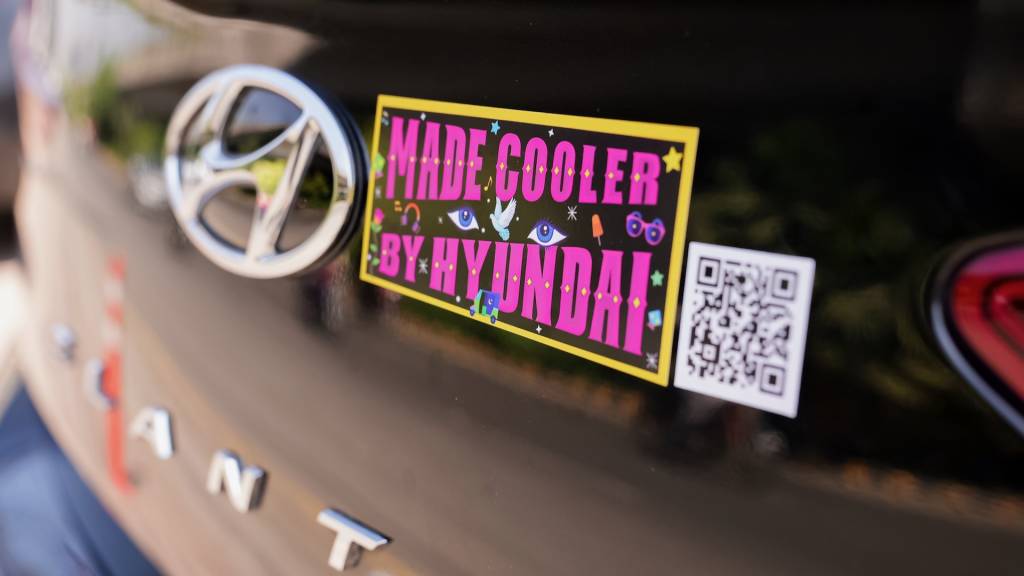Hyundai has developed a window tint that the automaker claims can help keep interiors cooler—and thus save energy normally used for air conditioning.
Unlike materials that simply darken windows, and reduce outward visibility, Hyundai states in a press release that its Nano Cooling Film reduces interior temperatures by specifically blocking external heat and radiating internal heat toward the outside of the vehicle.
The tinting film is comprised of three layers. An outer layer radiates heat at mid-infrared wavelengths, while two inner layers reflect incoming heat at near-infrared wavelengths, according to Hyundai.
Hyundai Nano Cooling Film window tint tested in Lahore, Pakistan
Nano Cooling Film was first shown in 2023, but Hyundai recently put it to the test on 70 customer cars in Lahore, Pakistan. Hyundai said it selected Lahore because attaching tinting film to vehicle windows is prohibited by local regulations. And with summer temperatures exceeding 122 degrees Fahrenheit, it’s as good a place as any to test interior-cooling tech.
Hyundai claims interior temperatures in the test vehicles dropped significantly, while still complying with regulations. Hyundai’s own laboratory tests showed temperature decreases near the driver’s head of 19.8 degrees Fahrenheit compared to conventional tinting and 22.2 degrees compared to the same vehicle without tinted windows at all.
Hyundai isn’t discussing commercialization plans, but noted that Nano Cooling Film can be applied in tandem with conventional tint film where regulations allow. So it could be useful in hotter parts of the U.S.

Hyundai Nano Cooling Film window tint tested in Lahore, Pakistan
In addition to high-tech tinting, there have also been various efforts attempting to combine tinted windows and solar cells. Although the spray-on solar cells that had been touted years ago as a possibility haven’t yet come to fruition, some hybrids and EVs now do have roof arrangements that partly block the sun and generate some energy.
EVs fundamentally don’t sacrifice as much efficiency cooling the cabin in hot weather than they do heating the cabin an equivalent amount. And it comes down to physics, and heat pumps can help with warming vehicle cabins by moving heat rather than creating it.




